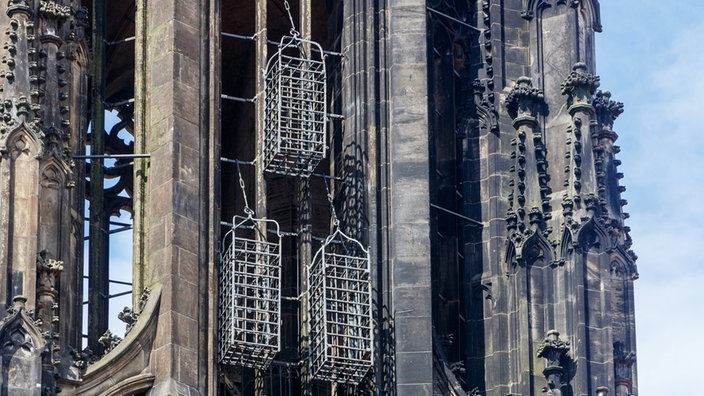German Reformation – Religious and Political Conflicts
The German Reformation divided the Holy Roman Empire of the German Nation (962 to 1806) into Protestant and Catholic camps. This division had not only religious but also political consequences, as the princes and cities often had to choose between the denominations.
The Catholic Church and the Emperor (Charles V) tried to suppress the spread of Protestantism, while Protestant princes and cities wanted to strengthen their independence from Rome and the Emperor.
Persecution of Protestants
Catholic Areas
In regions under the control of Catholic rulers or bishops, Protestants were often persecuted as heretics. This included arrests, torture, banishment and executions. One well-known example is the persecution of Adolf Clarenbach and Peter Fliesteden in Cologne (1529).
Imperial Ban and Heretic Trials
Protestant reformers such as Martin Luther were excommunicated by the Catholic Church and punished with the imperial ban. Luther himself had to go into hiding at Wartburg Castle to avoid arrest.
Persecution of Catholics in Protestant Areas
Protestant Areas
In regions that joined the Reformation, Catholics were often disadvantaged or expelled. Monasteries were dissolved, Catholic services were banned and clergymen had to flee or abandon their faith.
Iconoclasm
In many Protestant towns, Catholic churches were plundered and images of saints and relics destroyed. This was often accompanied by violence against Catholic clergy and believers.
Peasants’ Wars and Social Unrest
The Reformation also triggered social and political unrest, in particular the German Peasants’ War (1524-1526). The peasants not only demanded religious reforms, but also social justice and the abolition of feudal oppression.
The uprisings were brutally suppressed and thousands of peasants were executed. Martin Luther distanced himself from the rebels and supported the princes in their suppression of the peasants.
Peace of Augsburg (1555)
The Peace of Augsburg put a temporary end to the violent conflicts between Catholics and Protestants. It stipulated that each sovereign could determine the denomination of his territory (“Cuius regio, eius religio”). However, this meant that people of other faiths continued to be persecuted or expelled in many areas.
Examples of Political Persecution During German Reformation
Jan Hus – Pioneer of Church Reform
Jan Hus (around 1369-1415), Bohemian theologian and preacher, became a pioneer of the Reformation. As a critic of the sale of indulgences and church corruption, he called for a return to biblical truth. Despite his free conduct, he was condemned at the Council of Constance in 1415 and burned as a heretic.
His death sparked the Hussite movement – Europe’s first major reformist uprising. The famous saying “Today you roast a goose (Hus), but out of the ashes will rise a swan (Luther)” is considered a prophetic foreshadowing of the Reformation.
In 1999, the Catholic Church rehabilitated the former “heretic”. Hus remains a symbol of civil courage and freedom of conscience.
The Anabaptist Movement
The Anabaptists, a radical German Reformation group, were persecuted by both Catholics and Lutherans. Many Anabaptists were executed, including the well-known Anabaptist leader Thomas Müntzer.
Martin Luther
Martin Luther was ostracized and declared outlawed at the Diet of Worms in 1521 after he refused to recant his teachings. Only the protection of Frederick the Wise of Saxony saved him from execution.
Conclusion and Long-Term Consequences of German Reformation
The German Reformation had a long-term impact on Germany.
Confessionalisation
The division into Catholic and Protestant territories characterised the political map of Germany until the 19th century.
Religious tolerance: The experience of persecution and violence ultimately led to demands for religious tolerance, which were further developed during the Enlightenment.
Cultural Division
The confessional divide also influenced culture, education and society in Germany.
Anabaptist cages at the Lamberti church in Münster

Three iron baskets hang from the tower of the Lamberti Church in Münster. The dead bodies of the leaders of the so-called Anabaptists were displayed upright in these baskets after their execution in 1536. Image source: WDR